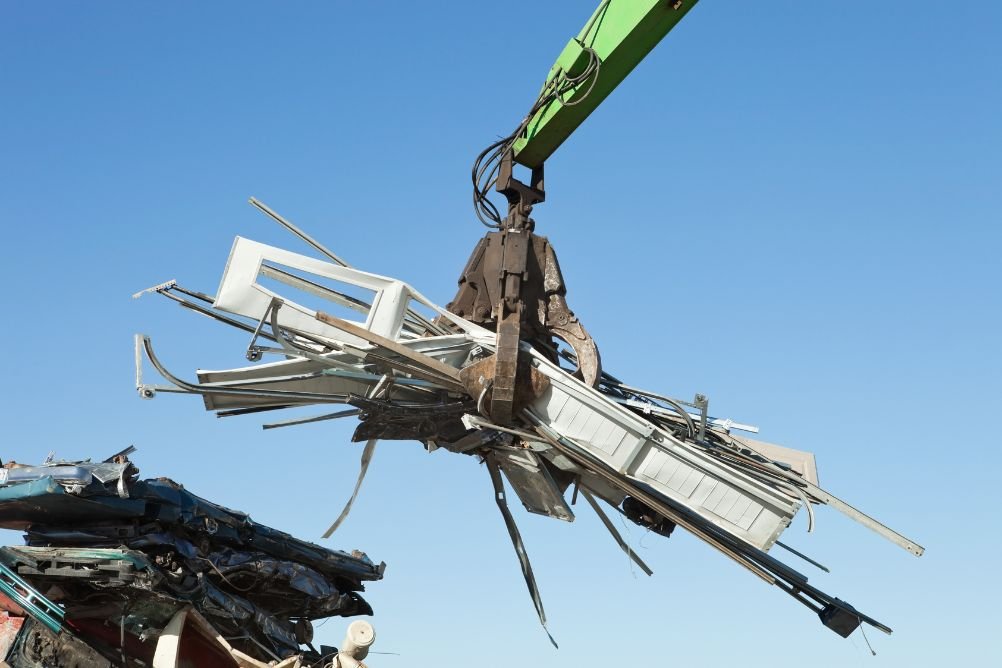
In an era where sustainability and environmental consciousness are gaining paramount importance, it is crucial to explore innovative solutions for reducing waste and conserving resources. One such solution is deconstruction and salvage, an alternative to traditional demolition methods that focuses on disassembling structures to salvage reusable materials. This blog post examines the environmental benefits of deconstruction and salvage, highlighting its positive impact on waste reduction, resource conservation, carbon emissions, and community development.
WASTE REDUCTION: A PATH TO SUSTAINABLE CONSTRUCTION
Deconstruction and salvage play a vital role in waste reduction within the construction industry. Traditional demolition methods often lead to vast amounts of construction and demolition (C&D) waste being sent to landfills. By opting for deconstruction, valuable materials such as wood, metal, and masonry can be carefully removed and reused, diverting significant quantities of waste from ending up in landfills. This process not only reduces the environmental burden but also helps in conserving landfill space, allowing for more sustainable waste management practices.
RESOURCE CONSERVATION: MAXIMIZING MATERIAL
Deconstruction and salvage present a unique opportunity to maximize material reuse, minimizing the need for raw material extraction. By salvaging and reusing materials from existing structures, the demand for new resources, such as timber or concrete, is reduced. This conservation of resources helps to alleviate the strain on ecosystems and reduces the environmental impacts associated with resource extraction, including deforestation, habitat destruction, and carbon emissions. Furthermore, repurposing salvaged materials can add character and historical significance to new construction projects, promoting sustainable design practices.
CARBON EMISSIONS REDUCTION: A STEP TOWARDS CLIMATE MITIGATION
The process of deconstruction and salvage also contributes to carbon emissions reduction. Traditional demolition methods involve the use of heavy machinery, which consumes significant amounts of energy and emits greenhouse gases. In contrast, deconstruction requires more labor-intensive techniques, resulting in lower energy consumption and decreased carbon emissions. Additionally, by reusing salvaged materials, the carbon footprint associated with the production and transportation of new building materials is significantly reduced. This carbon emissions reduction is essential in combating climate change and transitioning towards a low-carbon future.
COMMUNITY DEVELOPMENT: CREATING JOB OPPORTUNITIES
Deconstruction and salvage can foster community development by creating job opportunities and promoting local economic growth. The process requires skilled labor, offering employment prospects for individuals with expertise in construction, carpentry, and related fields. Moreover, salvaged materials can be sold or donated to local businesses, community organizations, or individuals, supporting a circular economy and nurturing local entrepreneurship. By prioritizing deconstruction and salvage, communities can enhance their social and economic resilience, fostering a sustainable and inclusive environment.
Deconstruction and salvage are not just about dismantling structures; they represent a paradigm shift towards sustainable construction practices. By focusing on waste reduction, resource conservation, carbon emissions reduction, and community development, deconstruction and salvage offer numerous environmental benefits. Embracing these methods can help us build a more sustainable future, where the preservation of resources and the protection of the environment take center stage in construction projects. It is essential for individuals, businesses, and policymakers to recognize the value of deconstruction and salvage as a powerful tool for environmental stewardship and commit to its widespread adoption.




